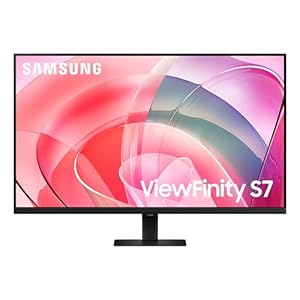Summary
- The Butterfly keyboard introduced in 2015 had major design flaws.
- Typists preferred the newer Magic keyboard over the Butterfly.
- Apple’s newer M-series processors signal a new, more reliable era for MacBooks.
The Butterfly keyboard for Apple’s MacBooks released between 2015 and 2020 proved to be one of the most controversial MacBook developments in Apple’s history. Now, a few years after the fact, after Apple paid over $50M in a settlement related to the Butterfly keyboard, I’ve been re-thinking about what I consider the darkest era of MacBooks. The Butterfly keyboard was a keyboard I typed on for four years, which is also the same amount of time I’ve been typing on Apple’s newer Magic keyboard. My question is this: is it really that much better, and was the Butterfly keyboard really that bad?
Keyboard preferences are something that varies from person to person. However, there was so much criticism surrounding the Butterfly keyboard, that it’s nearly impossible to find writers who prefer it over the newer Magic keyboards. I went back and dug out my 2016 MacBook Air with a Butterfly keyboard and did some typing tests with it and then repeated those tests on my 2022 MacBook Pro with a Magic keyboard to see if I could tell the difference — plus, here’s the story of the Apple Butterfly keyboard.
Related
If your MacBook with a Butterfly keyboard breaks, you’re now out of luck
Apple has ended its free service program that fixed butterfly keyboards on old MacBooks.
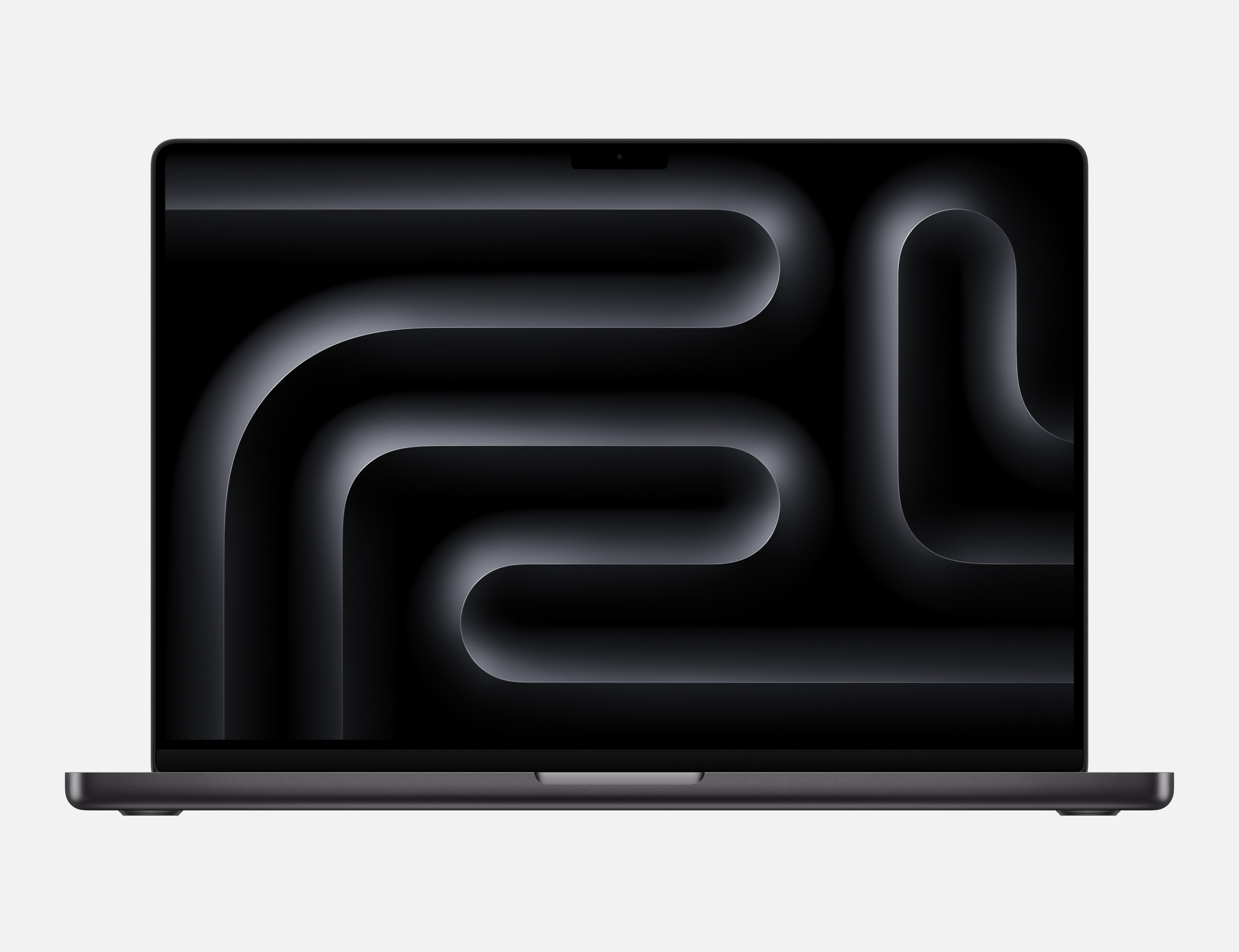
MacBook Pro 16-inch (M4 Pro, 2024)
2015: The introduction of the Butterfly keyboard
Introduced alongside the 12-inch MacBook
The MacBook 12-inch (note: not the “Air”, or “Pro”, just “MacBook”) was released in 2015. It brought about a whole new design to the Apple MacBook lineup, with a new keyboard dubbed Butterfly, and a design that relied heavily on USB-C ports. It was an awkward Mac, not more powerful than the MacBook Air, and nowhere near the power of a MacBook Pro. It was incredibly small, and in turn, underpowered. It was also a bit too expensive, starting at a whopping $1200 when it was released. It just made more sense to buy a MacBook Air for most people, or go a step-up to the 13-inch MacBook Pro.
Anyone who has tried the 2015 MacBook 12-inch noticed immediately how thin the laptop was. It was the thinnest MacBook to date, and the primary reason for that thinness? The Butterfly keyboard. At first, there were a lot of benefits to the new butterfly keyboard. It kept size and weight down. The short key height made the key feel stable when you pressed down, meaning the entire key was uniform of feeling. You could hit the corner of a key, or the center of a key, and feel the same reaction.
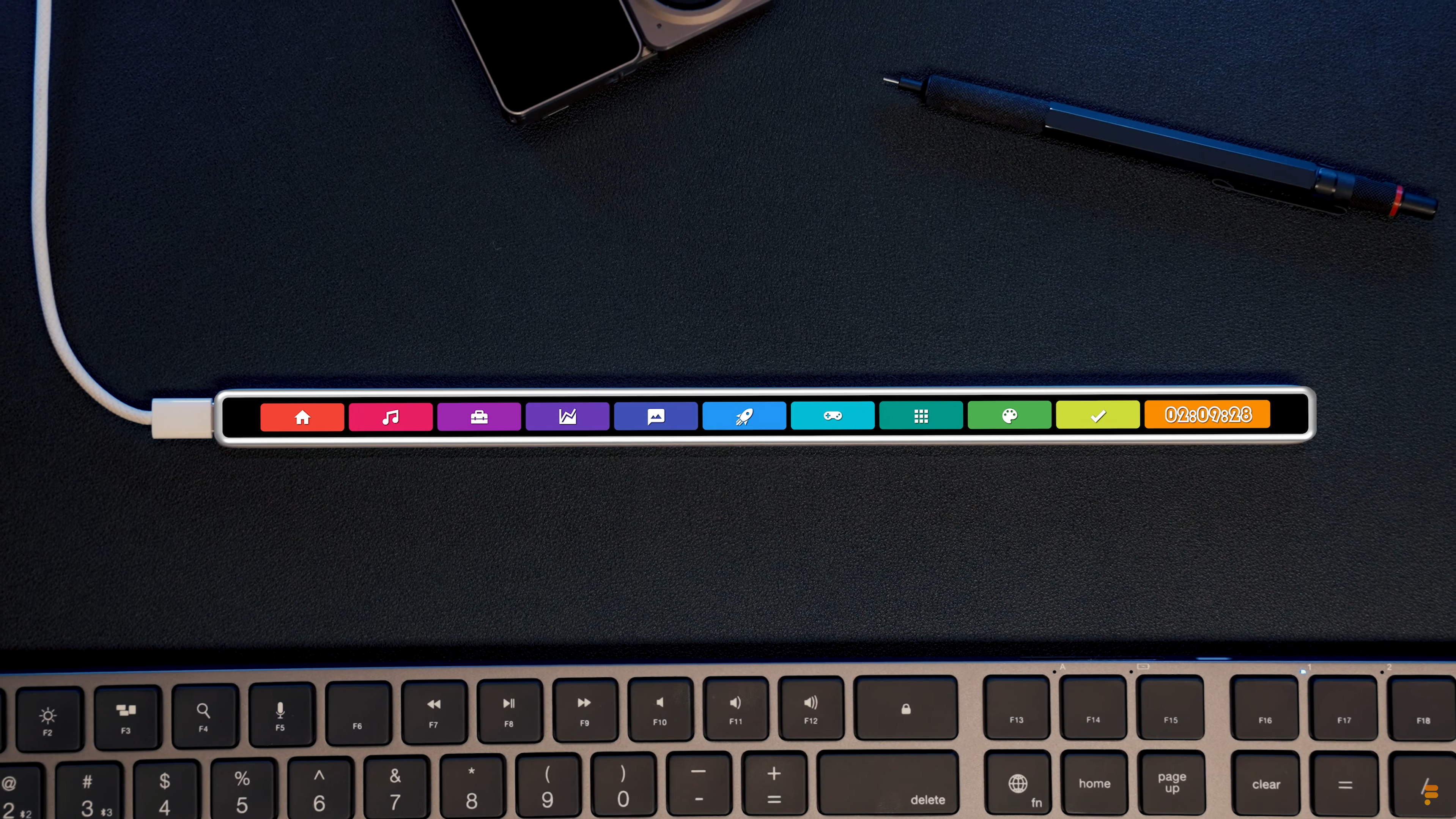
Related
The MacBook Pro’s lackluster Touch Bar has been resurrected, but not by Apple
A new device called the Flexbar is looking to resurrect the functionality of the old MacBook Pro’s Touch Bar.
However, these new design ‘benefits’ were double-edged swords. The short key design would cause tiny pieces of dirt or debris to prevent a key on the keyboard from working entirely. There also was no easy way to replace your keys. If you had a particular key issue with a Butterfly keyboard, it would require your MacBook to take a trip to an Apple repair center.
How the Butterfly key switch worked
A switch designed for thinness with the shape of a butterfly’s wings
The switch used on the Butterfly keyboard that appeared with the 2015 MacBook was, itself, nothing new. The actual switch used in the Butterfly keyboard had been around since 2012, and was found in the MacBook Air series of Apple’s flagship laptop. In earlier MacBook’s, and in subsequent MacBook keyboards after the discontinuation of the Butterfly keyboard, Apple utilized what’s called a ‘scissor switch’ underneath the keys.
The issue with laying the switch so close to the chassis was that if any debris came into the keyboard, it could make the switch inoperable.
The scissor switch takes its name from its mechanism and appearance, which looks like a pair of scissors closing and opening each time a key is pressed. This provides for a comfortable typing experience, but it also causes the key to be lifted off the chassis. The butterfly switch, on the other hand, used a switch mechanism that resembled a butterfly’s wings, allowing the switch to rely nearly flat on the chassis. This particular aspect, of being laid so much closer to the chassis than the prior scissor switch, allowed Apple to focus on making MacBooks thinner than ever.
The issue with laying the switch so close to the chassis was that if any debris found its way into the keyboard, it could make the switch inoperable. Additionally, some critics worried that Apple was focusing more on thinness during this era, rather than usability. Another point of criticism that couldn’t be dodged regarding the Butterfly keyboard was related to the travel distance of keys. The Butterfly keyboard featured an incredibly shallow 0.5mm travel distance.
A lower travel distance on keyboards typically relates to less pressure needed to register a key press. On the Butterfly keyboards, a simple glide over the keys could trigger key presses, but an adept typist should be able to adjust to this travel distance change. However, typically, on keyboards that are considered low travel, the travel distance typically ranges from 1.5 to 1.0mm.
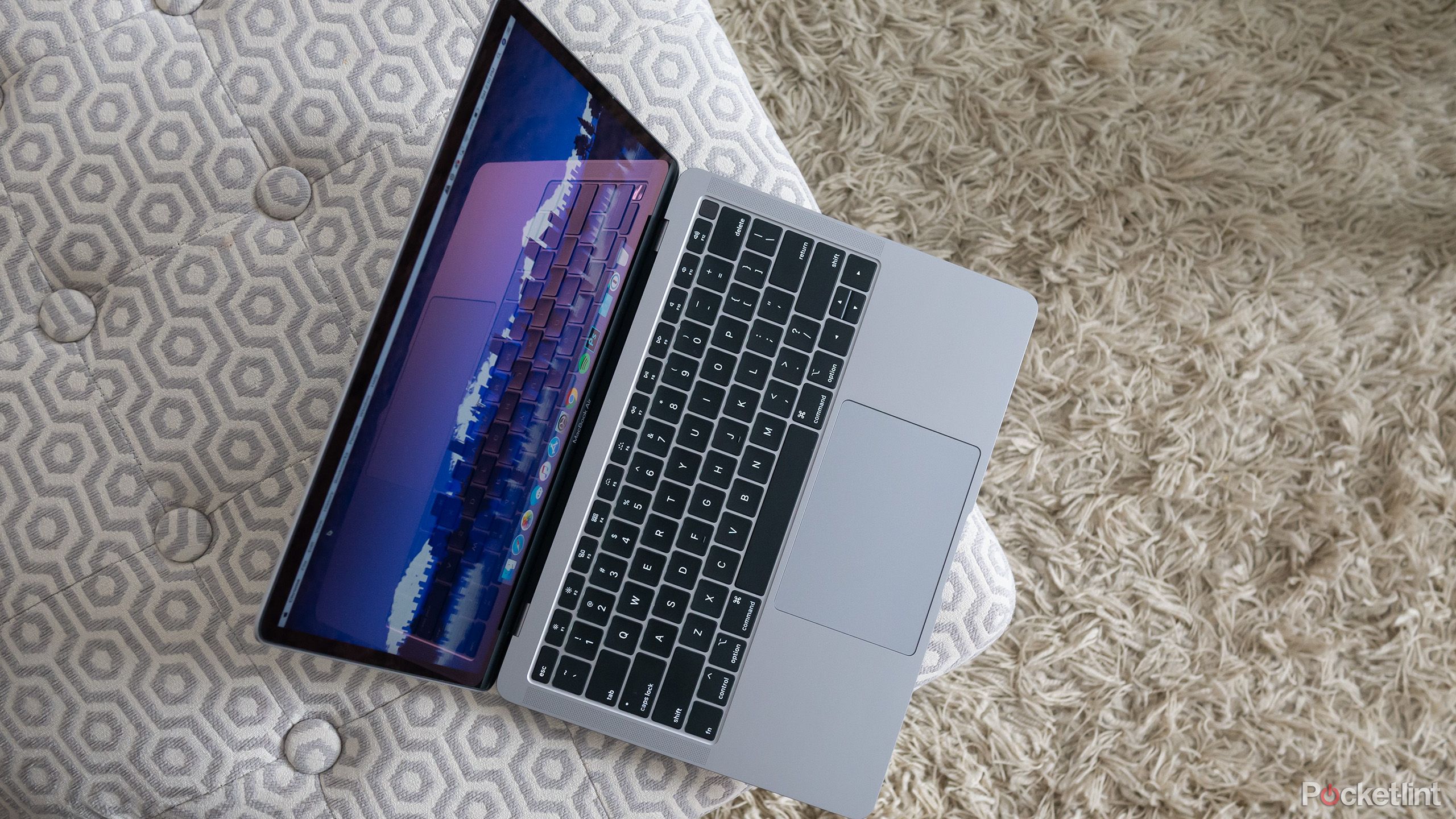
Related
If your MacBook with a Butterfly keyboard breaks, you’re now out of luck
Apple has ended its free service program that fixed butterfly keyboards on old MacBooks.
The reaction to the Butterfly keyboard
Quiet suffering, followed by an article in 2017
There wasn’t much press regarding the Butterfly keyboard during its initial roll-out. The first major journalist to write about the problems that were becoming more and more apparent by 2017 with the Butterfly keyboard was Casey Jonston writing for The Outline. In the story, Jonston talks about a visit to a Manhattan Apple Store all because there was a piece of dust stuck under the spacebar of his MacBook. A small piece of dust was all it took to make the mighty MacBook inoperable. Apple, however, stuck with the Butterfly keyboard in the face of mounting criticism from both consumers and journalists, and made several attempts to tweak the many design flaws with the switch.
Apple did continue to atone for its Butterfly keyboard.
In 2018, Apple introduced a new repair program, which was the first time Apple acknowledged a problem with the Butterfly switch keyboard. While it’s impossible to tell if the Butterfly keyboard contributed negatively to MacBook sales, Apple did continue to atone for its Butterfly keyboard. A year after the introduction of the repair program, in 2019, Apple issued an apology for issues relating to the Butterfly keyboard.
Apple also released several ‘upgrades’ to the Butterfly keyboard as time went on. In 2016, a so-called ‘second generation’ of the Butterfly keyboard was released. Later, in 2018, Apple added a silicone membrane to the Butterfly keyboard with the intention of preventing issues with dust disabling the keyboard. However, the silicone membrane was simply a band-aid, and not an elimination of the problem.
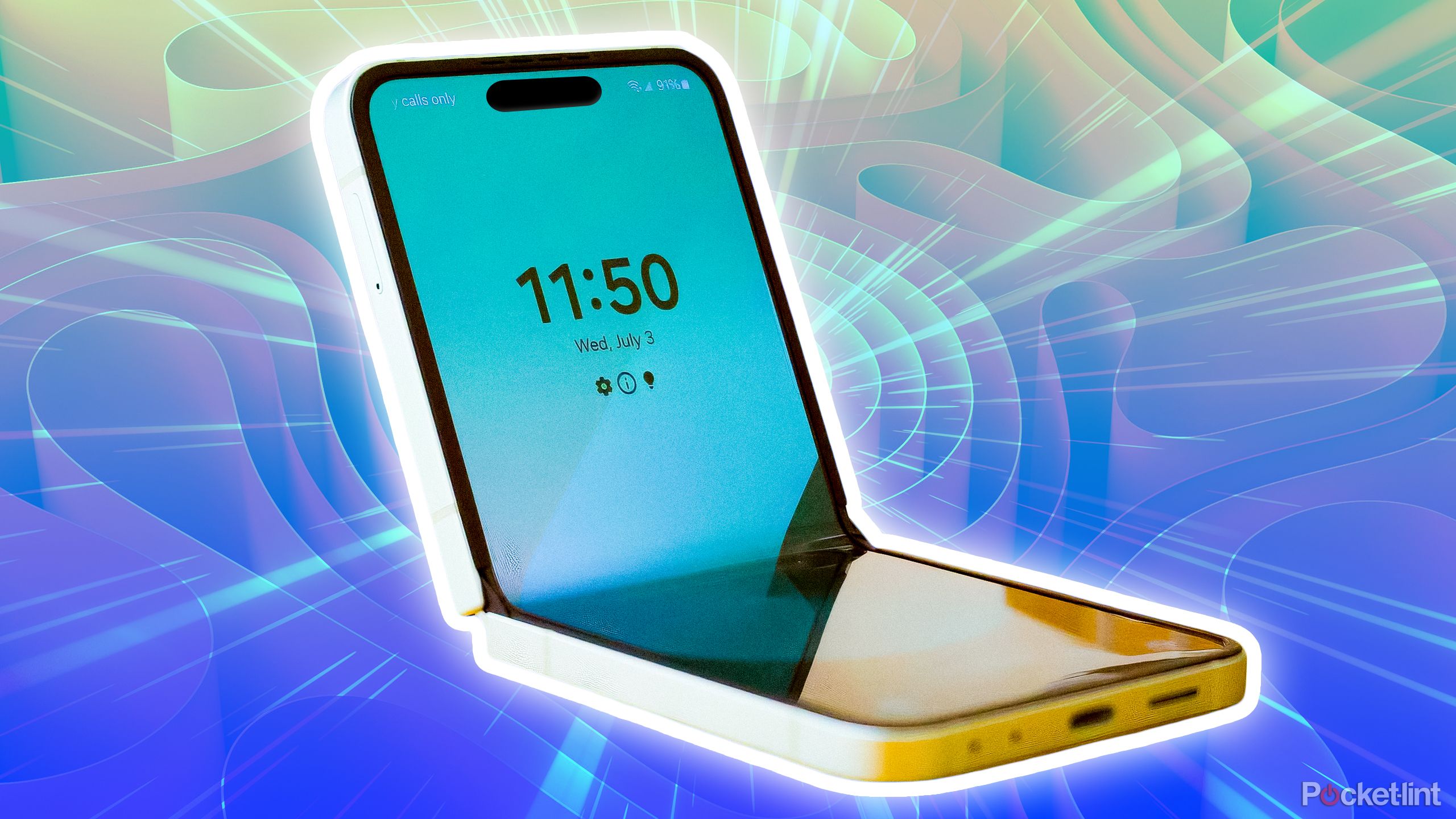
Related
The iPhone’s foldable future: 4 things Apple needs to get right
There’s a high bar if Apple’s going to be late to the foldable party.
The Butterfly keyboard ultimately became a problem for Apple’s reputation. Criticisms had abounded, as each new MacBook in the years of 2015-2019 didn’t bring anything significant with regard to a hardware upgrade, and the response to the frustrating butterfly keyboard issues only intensified as Apple committed more and more to keeping the keyboard. It seemed like a grave the company decided to just keep digging.
Apple did introduce programs that allowed users to send in their MacBooks to repair the Butterfly keyboard, but once you got yours back and dust got into the keyboard again, you were out of luck. Ultimately, if you wanted to have an issue-free experience with a MacBook in this era, you were better off using an external keyboard, as long as it wasn’t the external Butterfly keyboard sold by Apple.
A new era begins
A golden age began with M-series processors and the Magic keyboard
While I think the Butterfly keyboard was one of Apple’s darkest eras, the clouds parted and gave way to the shine of what I now believe may be Apple’s golden era when it comes to MacBooks. First things first, the new Magic keyboards that were introduced first with the 16-inch MacBook Pro in 2020 feature scissor-style switches again, and have a higher travel distance at 1mm. I type on a MacBook Pro (2022) daily, and I love the keyboard, and when I went back and tried to type on a butterfly keyboard, my errors were out of control. There was a lot of speculation during the Butterfly keyboard era about the decline of Apple’s Intel-based processors, and before the release of the Apple M1 processor there was an understandable amount of skepticism. Fortunately for both Apple and the rest of us, the M-series processors exceeded expectations and now get even better with every new generation.
Yes, the MacBook Pro isn’t as thin as it used to be. But, it’s more powerful, features an improved display, and a significantly more comfortable and less problematic keyboard. The newest MacBooks packing the M4 processors are a step ahead in nearly every category when it comes to processing power, and this time around, the keyboard isn’t going to break the entire laptop next time a little bit of dust lands on your keyboard. The Magic keyboard is one of my absolute favorite keyboards across all laptops, and it makes writing on the MacBook Pro (2022) a dream.
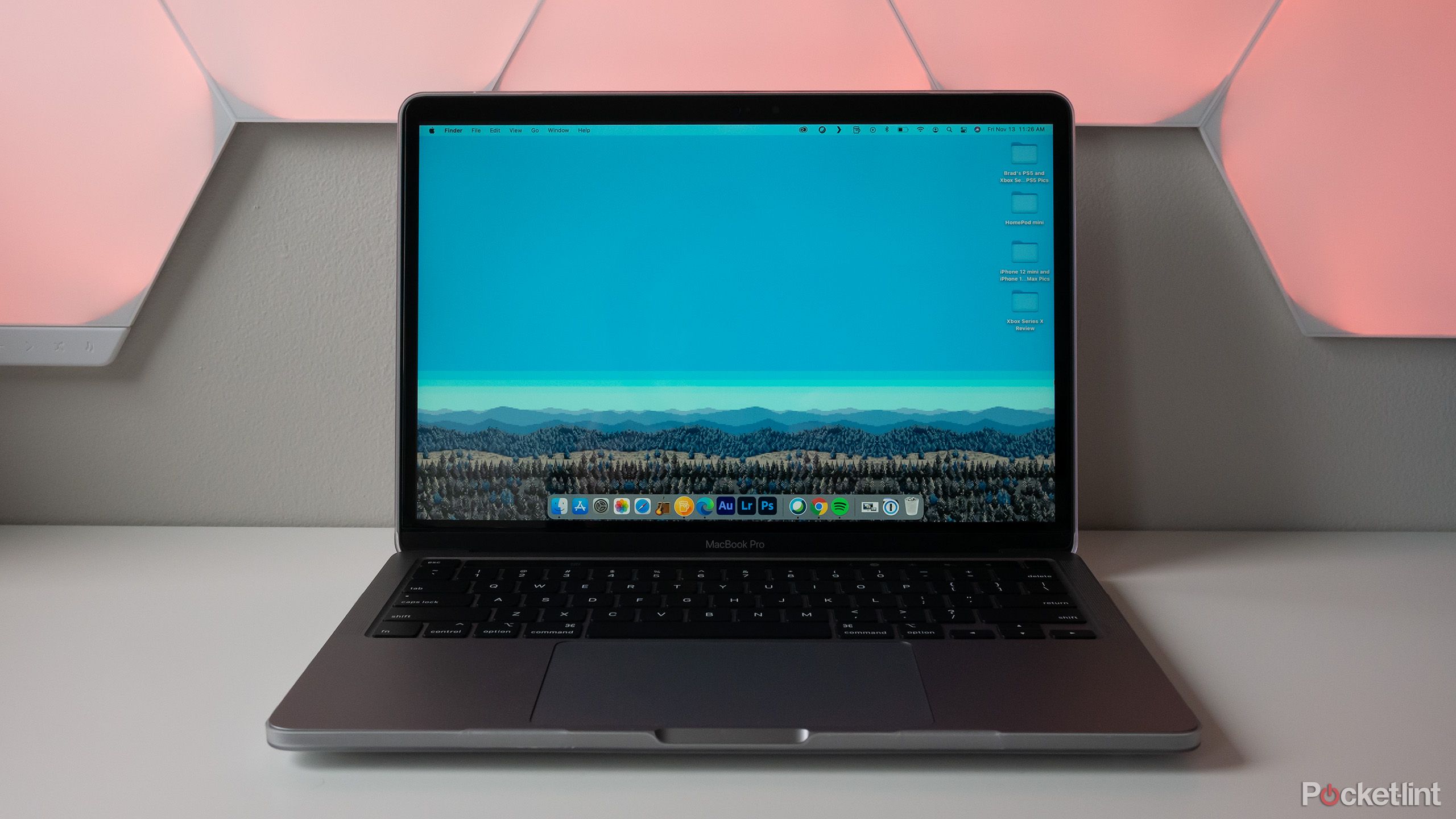
Related
Hear me out with these 5 reasons to pick up a MacBook Pro case
With Apple’s new M4 MacBook Pros now available, there’s never been a better time to consider picking up a laptop case — here are some reasons why.
While Apple’s dark era of the Butterfly keyboard lasted nearly five years, we seem to be smooth sailing into a golden era, with thoughtful upgrades becoming more common. The first re-design which brought back the missing HDMI port and card reader to the MacBook Pro-series was a course-correction on my most frequently criticized aspects of MacBook design, and the same can be said of the Magic keyboard.
Trending Products

Samsung 24” FT45 Series FHD 1080p Computer Monit...

ASUS RT-AX88U PRO AX6000 Dual Band WiFi 6 Router, ...

Wireless Keyboard and Mouse Combo, MARVO 2.4G Ergo...

Acer KB272 EBI 27″ IPS Full HD (1920 x 1080)...
